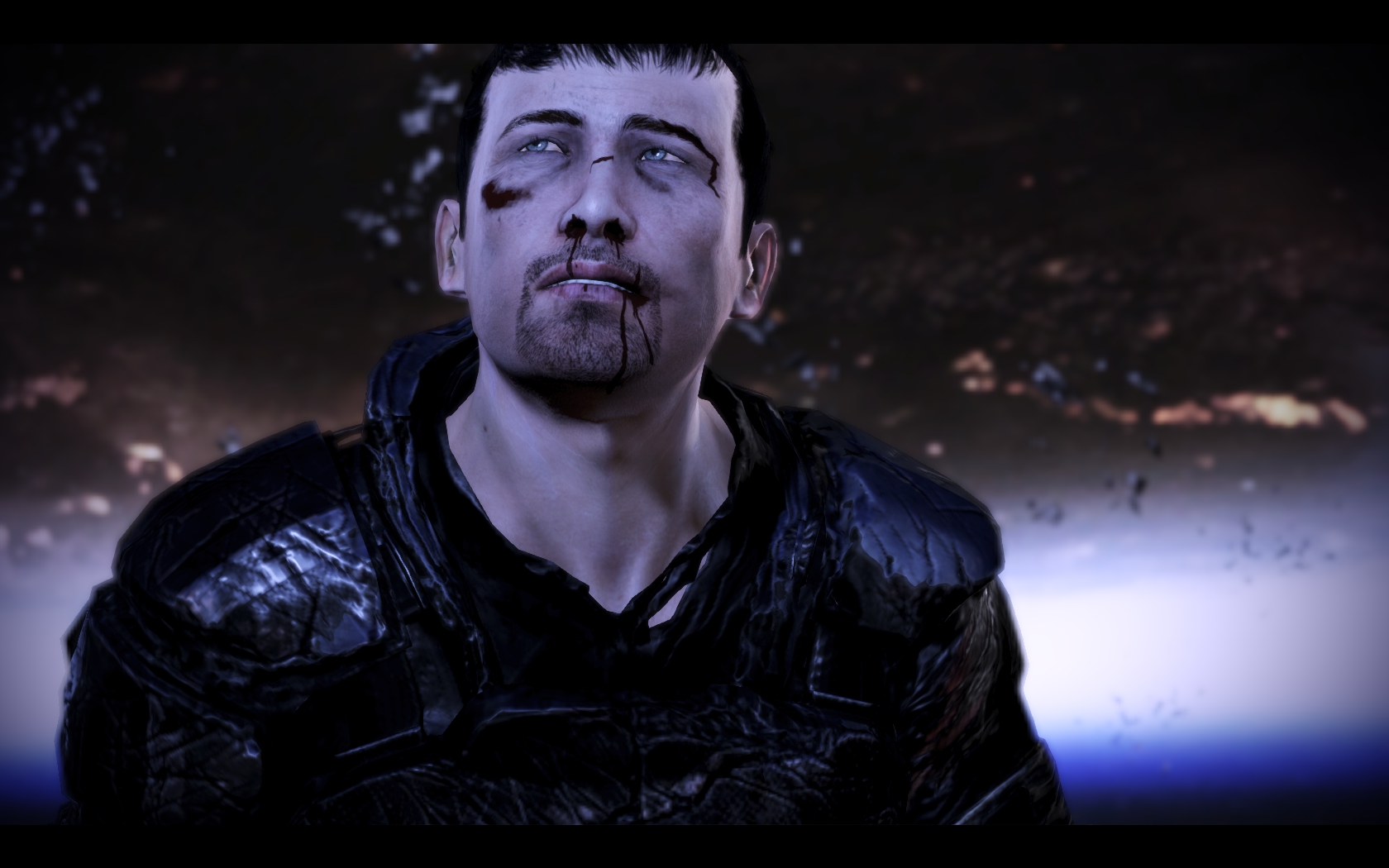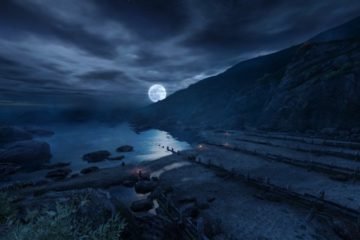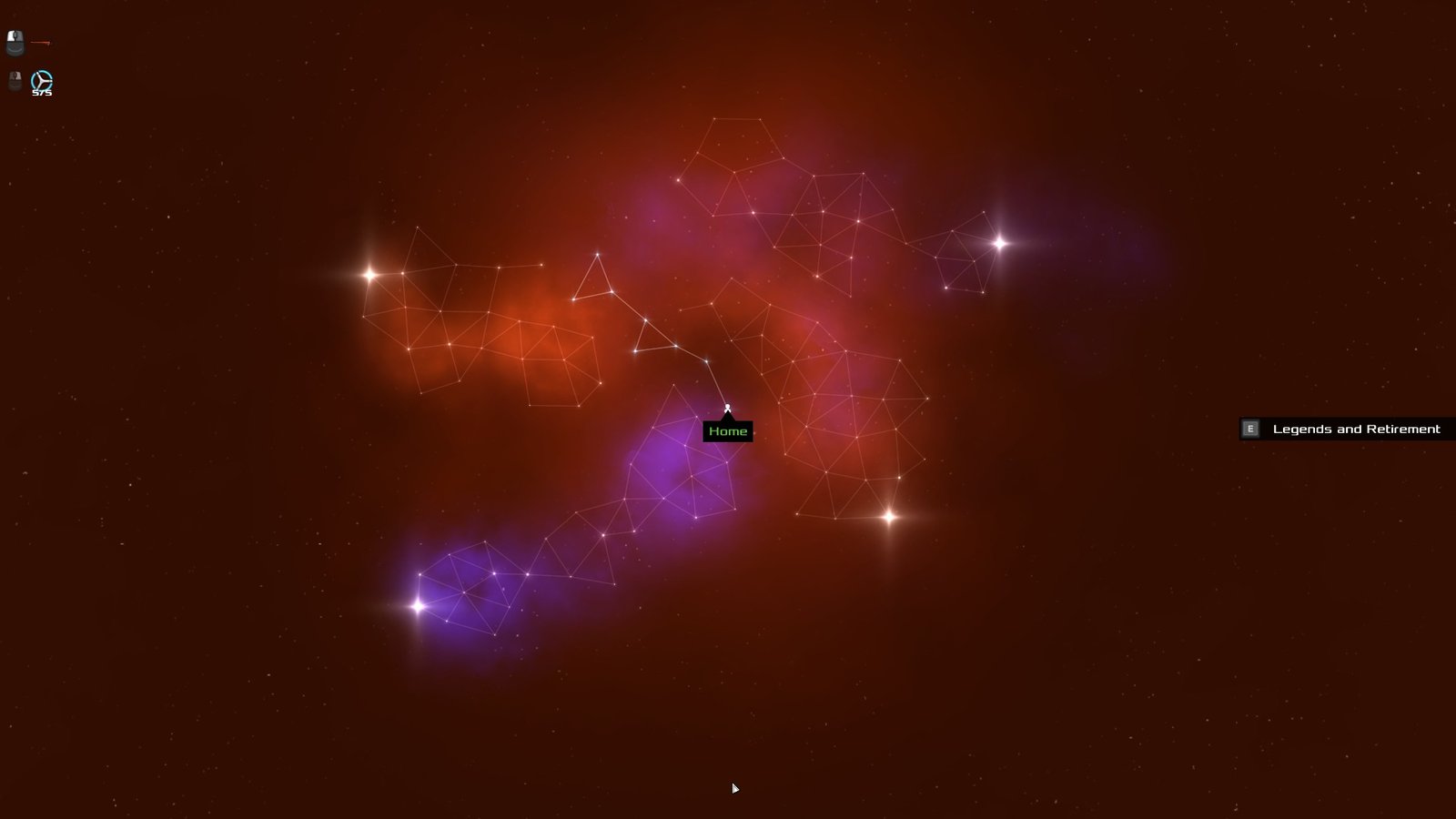The excellent guys over at Rock, Paper, Shotgun linked to a rather interesting article in their Sunday Papers round-up today. The article, ‘Organic and Inorganic Design‘, is written by Richard Terrell and appeared on a blog with the promising title of Critical-Gaming. It does indeed seem to have its intentions in the right place, wishing to pursue a more intelligent discussion of games rather than the usual critic’s formula of copy & pasting company policy on gameplay/graphics/replayability followed by a largely meaningless percentage score (it’s an opinion, not a science; don’t pretend otherwise, guys).
Terrell talks of the importance of organic design, in which every element of a game feeds into its internal fiction, so as to deepen immersion and lessen the feeling of it being ‘just a game’.
Seaweed, bubbles, fish, and squid all belong in water environments. Unless the game’s fictional world is explicitly defined as one where such water elements can exist in non water environments, seeing them on the land would be an example inorganic level design.
A fair point indeed. He then goes on to use Super Mario Bros. as a case study, which I can’t help but feel is a rather misguided focal point, given its general absurdist level and visual design and surreal setting and characters. I rather doubt that immersion was even a consideration during the game’s development – not least because it comes from an era when games were more concerned with simple fun rather than verisimilitude.
Later a different and far more appropriate example is given, in Metal Gear Solid 4:
Though Snake has a myriad of skills and abilities that help him traverse his surroundings, there are some small walls that the game won’t allow the player to jump over.
Thankfully this seems to be a diminishing trend in gaming, with designers finally remembering to use their imagination in order to avoid such ridiculous (near-)invisible walls. It still happens, of course – The Witcher and Mass Effect are two recent high profile games to feature highly trained warriors that are utterly incapable of jumping. A high point for organic level walls would be Half Life 2 and its episodic follow-ups, which manage to lead you round a diverse range of environments in a decidedly linear fashion without it ever feeling overly contrived. Its depiction of ‘City 17’ is surprisingly convincing, given you only ever actually see a handful of streets. By weaving a story first of urban oppression (the police decide who goes where, not the player) and then of revolution (destroyed buildings funnel your progress), developers Valve succeed in creating an enforced path for the player without it ever feeling like a lazy cheat.
What of other examples of attempted organic design? Kieron Gillen at RPS mentions Assassin’s Creed, a curiously schizophrenic game that tears itself apart over an identity crisis: should it be a realistic historical adventure, or an abstract science fiction sermon? Given the game’s flimsy storytelling, the sci-fi framing device unfortunately comes across as an ill-advised attempt to turn inevitably inorganic elements of gaming – loading, saving, restricted skill development – into something more organic; in the process all it does is serve to highlight those specific mechanics, thus reducing the immersion. For the foreseeable future most games will need to load and save data, temporarily interrupting the gameplay flow, but surely it is best to perform these tasks as quickly as possible, rather than dwelling on them and attempting to invent a justification via the game’s fiction?
The aforementioned Mass Effect attempts to bring the traditional character creation process common to most RPGs into the game world, fabricating a corruption in the Alliance’s personnel database. You then need to ‘reconstruct your profile’, which of course involves you choosing your background and designing your facial appearance using a morass of facial morphing sliders. Presumably in the future they will no longer have simple photographs.
While organic design within the game itself is vital, to avoid the clunky immersion breaks mentioned by Terrell, perhaps it is not worth extending such efforts to the surrounding interface. There will always be a slight barrier between the player and the game, in that they will always need to turn on their console or PC before playing. A simple, traditional start menu isn’t so great an evil – best to make it quick and easy to get going, rather than coating it in sticky, tedious fiction like Assassin’s Creed.




0 Comments
barbararandoll.wordpress.com · September 14, 2013 at 8:40 am
I like the valuable information you provide in your articles.
I will bookmark your weblog and check again here regularly.
I am quite sure I’ll learn plenty of new stuff right here!
Good luck for the next!